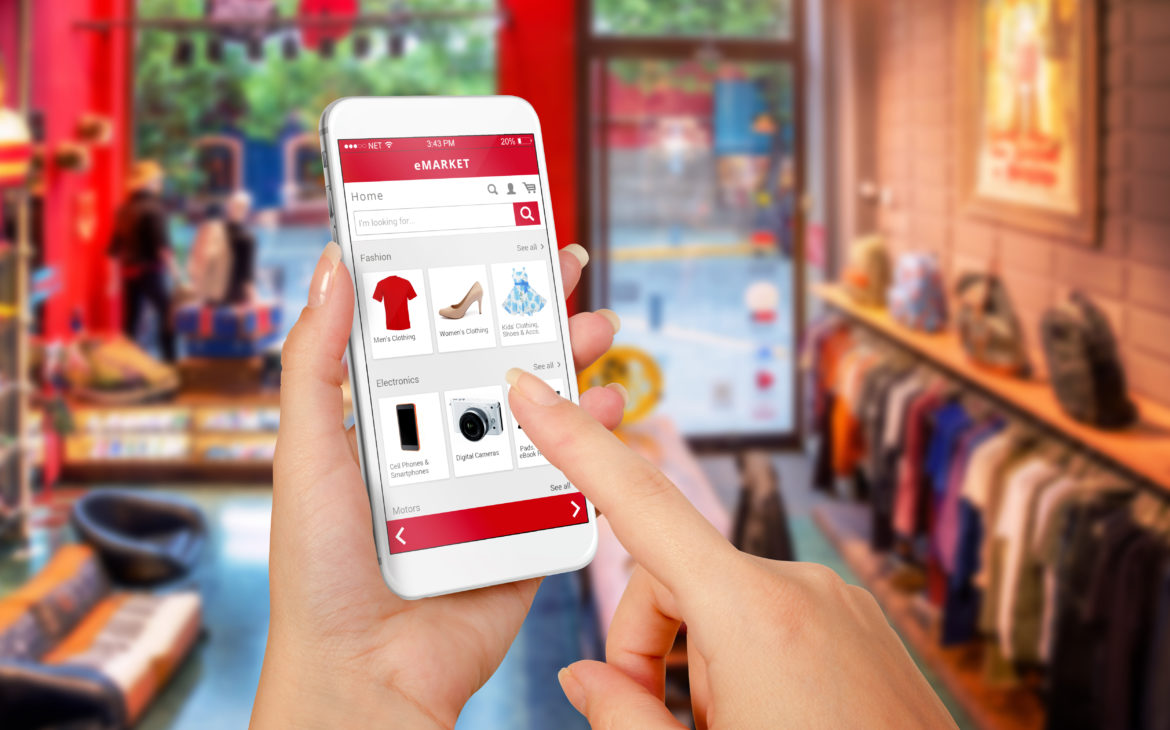According to global data, every fifth purchase is made online, but the rapid growth of transactions suggests that in ten years, online shopping could match physical shopping in terms of volume. However, in order to attract online shoppers, retailers will have to offer new digital services, according to The Future Shopper Report 2020.
The research revealed that as many as 65 percent of consumers insist on digital services, primarily through the personalization of purchases. Consumers thus require retailers to know their shopping habits and desires and cite social media as a good base. Namely, as many as 82 percent of millennials will immediately buy a product they like, showing their impulsive side, which is conducive to shopping directly on social media.
Using facial recognition software is the future of personalized shopping. It is based on creating a customer profile, with data on consumer habits and their liked products, activated by face recognition.
More and more customers want a voice assistant who puts the desired items in the cart instead of the customer and offers basic information about the product. This service is already used by 27 percent of customers across the U.S. and Europe, and they want to continue using it.
RFID (Radio Frequency Identification) technology is also well-known in Croatia. Thanks to the unique codes, the product is scanned and connected to a device such as a smartphone upon arrival from the warehouse to the store, enabling the customer to see the status and quantity of products in the store. When the product reaches the checkout, the seller carries out the purchase through the system and automatically updates the inventory situation in the warehouse, which in turn becomes visible to buyers on the web or app. Namely, in addition to the price and attractiveness of the product itself, the availability of products in stock and delivery speed are very important to customers. In Germany, on average, customers wait only 2.5 days for delivery, but still believe that delivery could be faster.
And while the purchase of banking and financial services is increasingly shifting to online platforms, grocery shopping is traditionally done in stores. As many as 40 percent of customers have never bought groceries online, but that doesn’t make them less demanding when it comes to improving services. Thus, three-quarters of customers participate in loyalty programs, and they would like a better analysis of their habits and the offer, as well as discounts based on their preferences.
